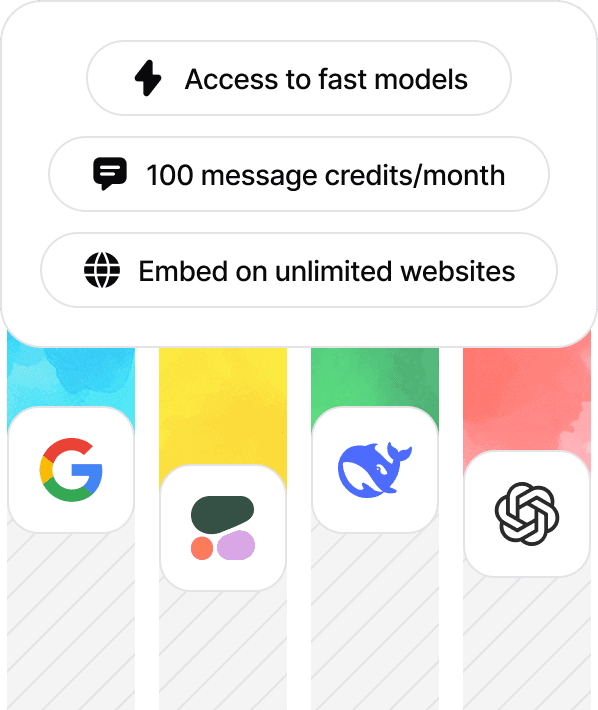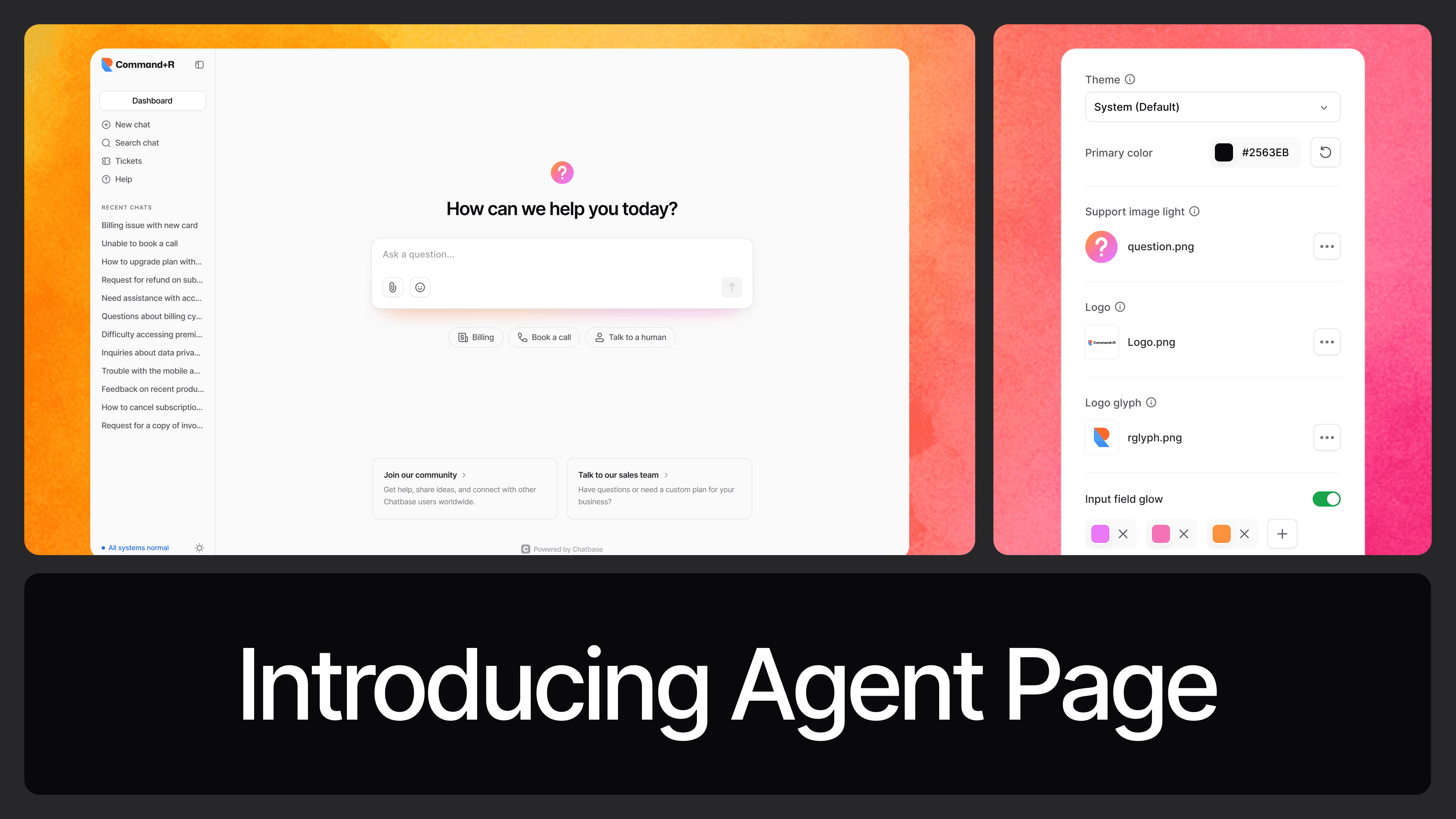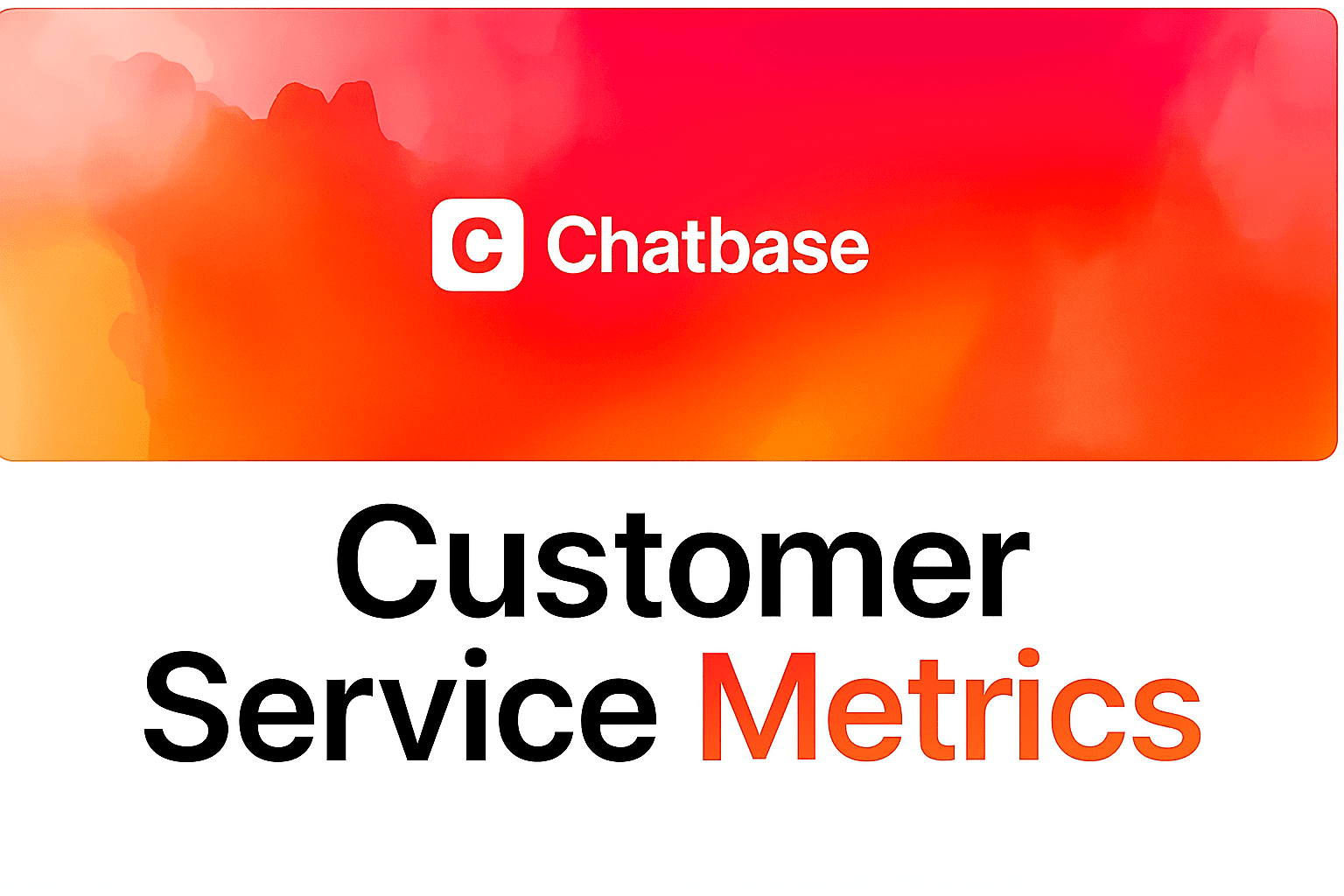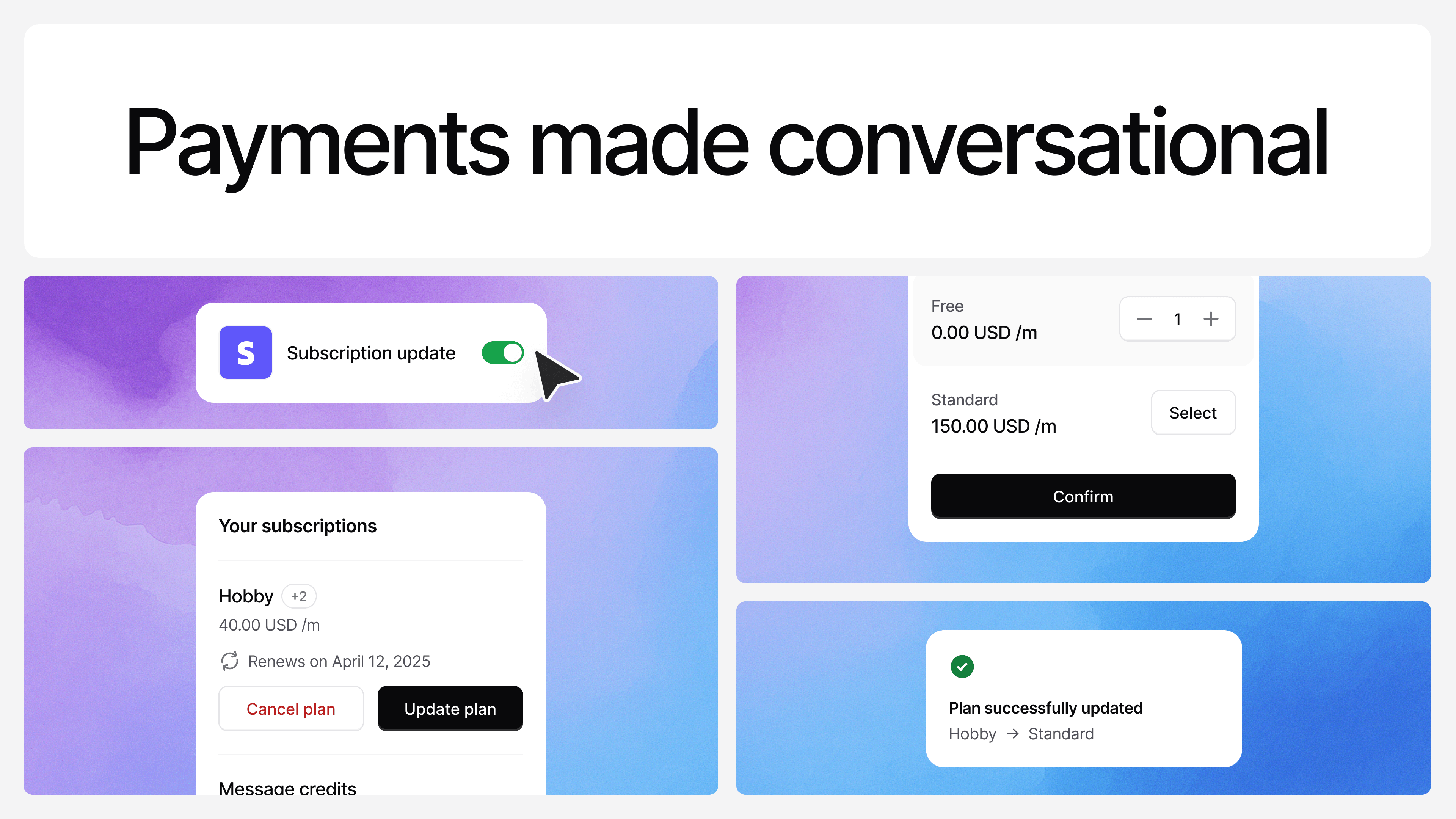Retail Customer Service: Tips, Skills and Examples
Max T
Apr 4, 2025
9 min read
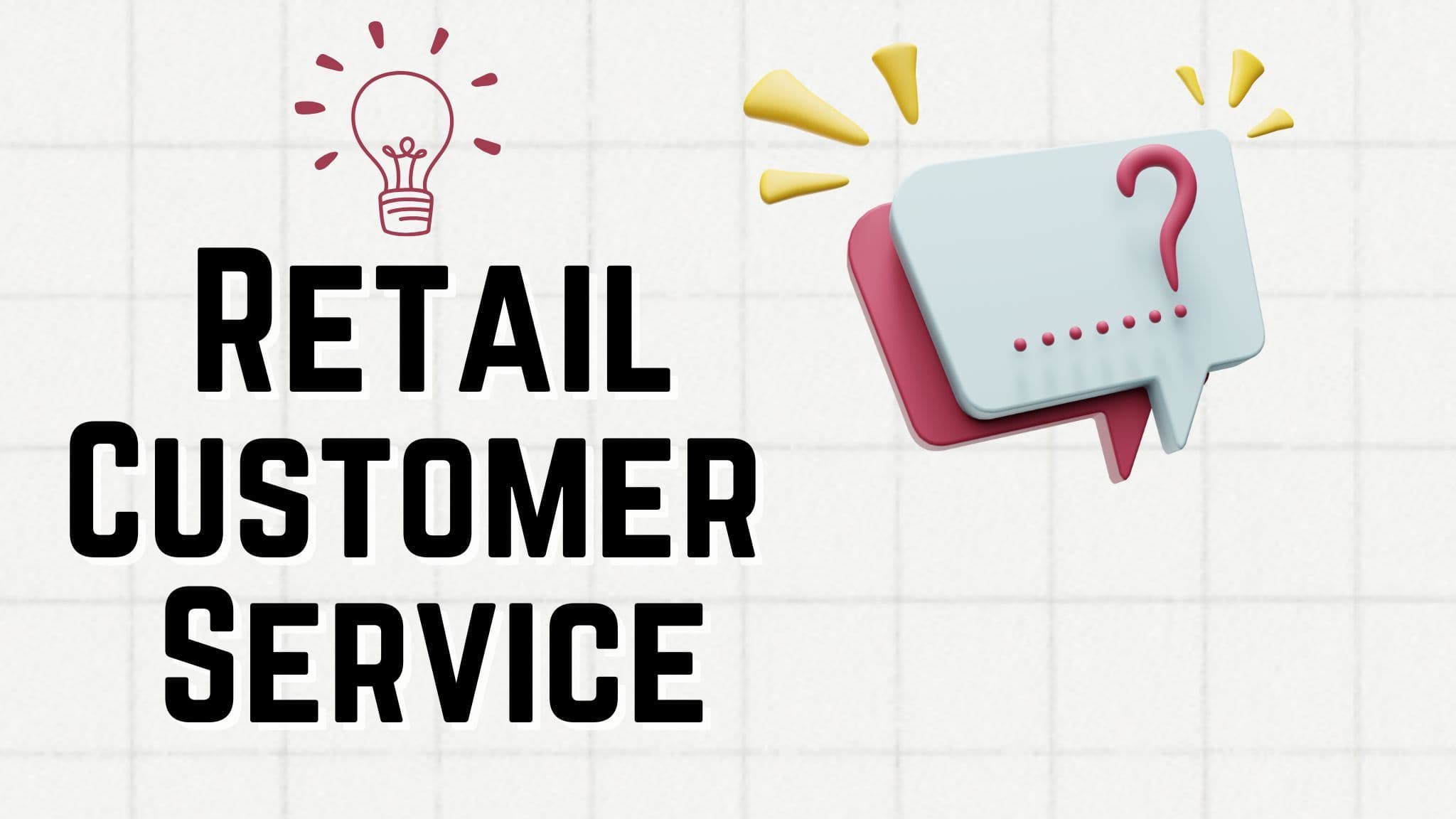
Someone walks into your store and asks if a product is available in a different size. You check, confirm, and offer to place an order for them.
Another customer wants to make a return—no receipt, but a polite conversation later, you resolve it fairly. Online, someone’s asking about shipping delays. You reply promptly with tracking updates and a small discount for the inconvenience.
That’s retail customer service.
It’s not just one thing. It’s a continuous loop of answering questions, solving problems, making people feel heard, and turning situations—sometimes tense—into smooth experiences. It happens at the checkout counter, in your DMs, through your chat widget, and anywhere your customers are.
At its core, retail customer service is the frontline of your brand. It’s where brand promises are kept—or broken.
What Is Retail Customer Service?
Retail customer service is the support and experience a customer receives before, during, and after buying something from a retail brand—whether it's in-store, online, or hybrid.
It's the process of helping a customer find the right product. It's answering their questions, handling their complaints, making returns smooth with ClickPost, and making exchanges fair. It’s about greeting customers properly and making them feel welcome when they enter the store—and just as supported when they reach out online.
But it’s more than just problem-solving.
It’s the emotional tone your staff sets. It’s the patience shown when someone’s confused. It’s the confidence behind every product suggestion. It’s the systems you put in place to make all of that easier to deliver—consistently, and at scale.
Whether it's face-to-face, through a chatbot, over email, or in your Instagram DMs—every one of those touchpoints builds (or breaks) trust. That’s the real job of retail customer service: creating trust, through helpfulness, over and over again
Ways to Improve Retail Customer Service
The basics matter, but modern retail service isn’t just about smiling faces and good intentions anymore. If you want to keep up with customer expectations and scale service efficiently, you need smarter systems behind the scenes.
Let’s break down a few of the most effective ways to improve your retail customer service—starting with one of the biggest elephant in the room: AI.
1. Invest in AI to Scale and Simplify
AI isn’t replacing human service—it’s making it sharper, faster, and more available. With AI agents, you can offer real-time help without hiring round-the-clock staff.
They handle the repetitive stuff—order tracking, return requests, product availability—so your human team can focus on higher-value interactions.
Platforms like Chatbase make it easy to set up intelligent AI agents trained specifically for your brand. They’re not just basic bots—they can understand your product catalog, detect customer sentiment, and even take AI Actions like:
- Checking order status
- Recommending alternatives if a product is out of stock
- Triggering support tickets
- Booking in-store appointments
- Guiding customers to the right page or resource
These AI-driven agents make your customer service more consistent and way faster—across web chat, Messenger, Instagram, and more.
And they’re always-on. This means no more “Sorry, we’re closed” messages exist.
→ Sign up for Chatbase and launch your AI-powered customer service in minutes.
(You’ll thank us later.)
2. Embrace a Customer-First Mindset
Policies are necessary—but they’re not the point. They’re there to support your customers, not trap them in fine print.
Say someone shows up a day past your 14-day return window. The item’s unused, tags on, receipt in hand. A rigid policy says, “Sorry, can’t help.” A customer-first mindset says:
“This is still in perfect condition. We’ve got some flexibility—let’s go ahead and process that return for you.”
When your frontline team is empowered to use judgment, not just rules, customers feel the difference.
This mindset also means you’re proactive. If a delivery is delayed, don’t wait for the angry call. Message them first:
“Hey, your order’s running behind. We’re fast-tracking it and adding a discount to make up for the delay.”
Small moves. Big impact. That’s the customer-first difference.
3. Listen to Your Customers (For Real)
Feedback isn’t just about reviews or surveys—it’s in the everyday stuff:
- The same product question asked 30 times a week
- That moment of hesitation when you say, “It’s store credit only”
- A customer abandoning checkout after seeing your shipping fees
For example, if customers keep asking, “Is this true to size?”—that’s a sign your product pages need clearer sizing info or visuals. Using an image enhancer can help improve product photos, making details like fit, texture, and dimensions more accurate and visually appealing.
Listening also means follow-through. Don’t just collect feedback—close the loop.
“A few of you mentioned our help page was hard to navigate, so we just redesigned it. Thanks for the heads-up.”
When customers see their feedback in action, they know their voice matters—and they stick around longer.
4. Optimize Your Self-Service Options
Great service doesn’t always require a conversation. Sometimes, customers just want to get in, get what they need, and bounce.
Here’s what works:
- A clean, searchable FAQ page
- Bite-sized answers to real questions (not 500 words of filler)
- Step-by-step return instructions with screenshots
- A chatbot that can route them to the right place—or solve the issue itself
For example, a help center that includes:
“How do I track my order?” With a simple answer: “Head here [link], enter your order number, and you’ll see real-time updates.”
That beats waiting in a chat queue for a tracking link.
But also: if the self-service fails, don’t make customers start over. Offer a smooth handoff to live or AI support—no repeats, no friction.
5. Meet Your Customers Where They Are
Your audience isn’t standing in one line—they’re everywhere.
One person might ask a sizing question via Instagram DM. Another might email you about shipping delays. Someone else might be chatting with your website assistant while shopping in-store.
Consistent service across all channels isn’t optional anymore—it’s expected.
That’s where Chatbase can help.
With Chatbase, you get true omnichannel support:
- Web chat?
- Messenger and Instagram DMs?
- A centralized inbox for your AI agent to handle it all?
It means your customer can ask a question on your site, follow up on Instagram, and still get a cohesive, personalized reply—without starting from scratch.
So wherever your customers are, you're right there with them. And they’ll remember that.
Skills for Retail Customer Service
Good retail customer service doesn’t happen by chance—it’s built on a specific skill set. Tools can streamline things, but people still carry the experience. The right skills can turn casual shoppers into loyal customers.
Here are the key skills your retail team needs—and how they play out in real situations:
1. Empathy
Empathy isn’t just about being nice—it’s about tuning in to what the customer is feeling and responding in a way that feels human.
Say a customer walks in, frustrated because a gift they bought was the wrong size. They’re not just asking about your return policy—they’re asking, “Can you help me fix this without making it harder?”
An empathetic response might sound like:
“Totally get it—let’s find the right size and sort out the exchange so you’re not stuck with something you can’t use.”
It's not about bending every rule. It’s about reading the tone, making people feel heard, and being flexible when it matters.
2. Communication
Retail teams need to explain things clearly, calmly, and quickly. But more importantly, they need to know when to speak—and when to listen.
For example, if someone’s asking about the difference between two skincare products, a good communicator won’t just list features. They’ll ask:
“What are you using right now? What are you hoping to improve?”
Then tailor their answer.
Good communication removes confusion. It avoids jargon. It gives people the right amount of info to make a decision—not a 10-minute lecture they didn’t ask for.
3. Product Knowledge
Nothing kills confidence faster than a “Uhh... I’m not sure” when someone asks about a product.
Strong product knowledge means your team knows what’s in stock, what’s trending, and what alternatives exist when something’s out.
Example: A customer asks for a hiking backpack that can carry 30L and fits a laptop. A sharp rep can instantly suggest,
“We’ve got two that check both boxes—this one’s better if you’re carrying tech, and this one’s lighter for trail use. Want to try them on?”
That’s helpful, confident, and frictionless.
4. Speed
Retail is often a high-pressure environment, especially during sales or busy hours. Customers want help fast—and they notice when it’s missing.
If someone’s waiting 7 minutes to ask a simple sizing question, it doesn't matter how friendly the staff is—they’ll probably walk.
Speed doesn’t mean rushing people. It means being proactive.
- If someone’s hovering by a product, approach them.
- If a line forms, call for backup.
- If a return is taking time, explain the delay upfront.
Quick, intentional service creates a smoother experience—and a more efficient team. To build such a team, many retail businesses work with sales recruiters who specialize in finding candidates with the right mix of speed, empathy, and product knowledge.
5. Reliability
Customers want to know they can count on your word. If someone’s told a refund will be processed in 3–5 days, and it takes 10? That’s a problem.
Reliability means:
- Following through on what you say
- Updating customers if something changes
- Keeping internal systems aligned so everyone’s on the same page
Let’s say someone places a pickup order and shows up—only to find it’s not ready. That’s a miss.
But if you catch the issue early, message them with an update and offer a 10% discount for the inconvenience. That’s recovery—and reliability in action.
Supercharge Your Retail Customer Service
Retail customer service isn’t just about solving problems—it’s about creating moments that build loyalty, trust, and repeat business. Whether it’s a friendly face in-store or a fast, helpful reply online, great service is what keeps customers coming back.
But delivering that level of service consistently—across channels, at scale, and in real time—requires more than just good intentions. It requires the right tools, the right mindset, and a willingness to evolve.
AI is a big part of that evolution. Platforms like Chatbase help retail brands create smarter, faster, and more personal customer experiences using AI-powered agents that work across chat, social, and support channels.
If you're looking to modernize your customer service without making it complicated, Chatbase is a good place to start.
You bring the brand—Chatbase will help you bring the service to life.
Share this article:

